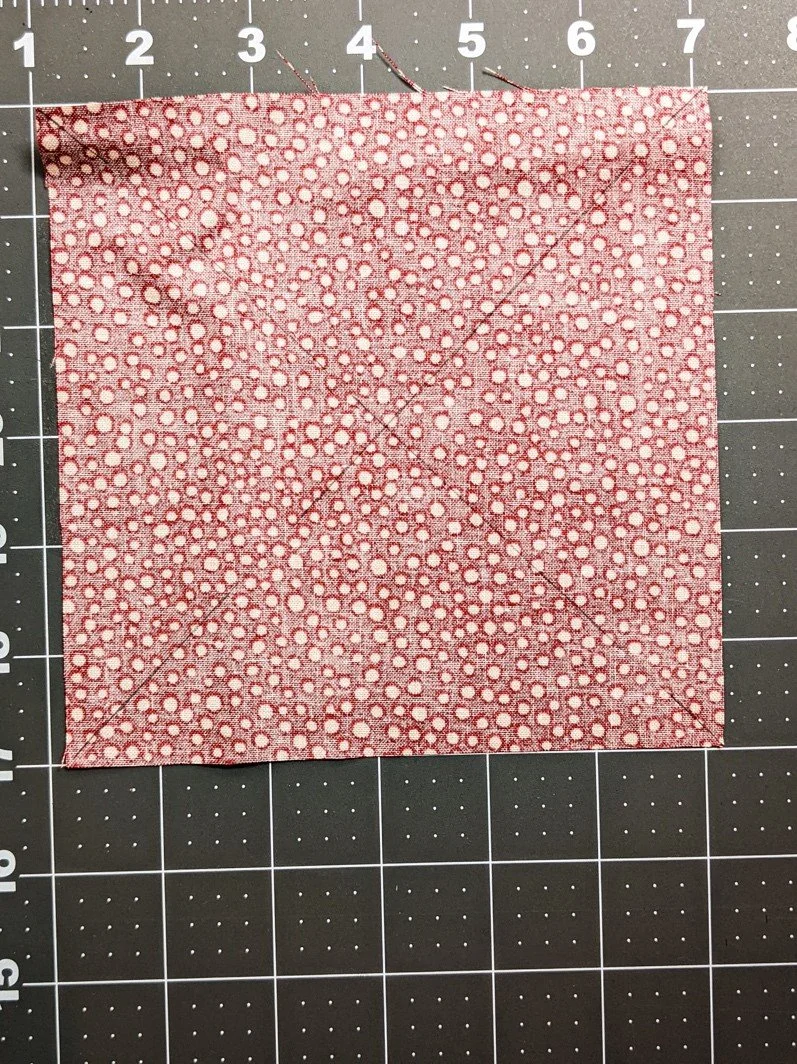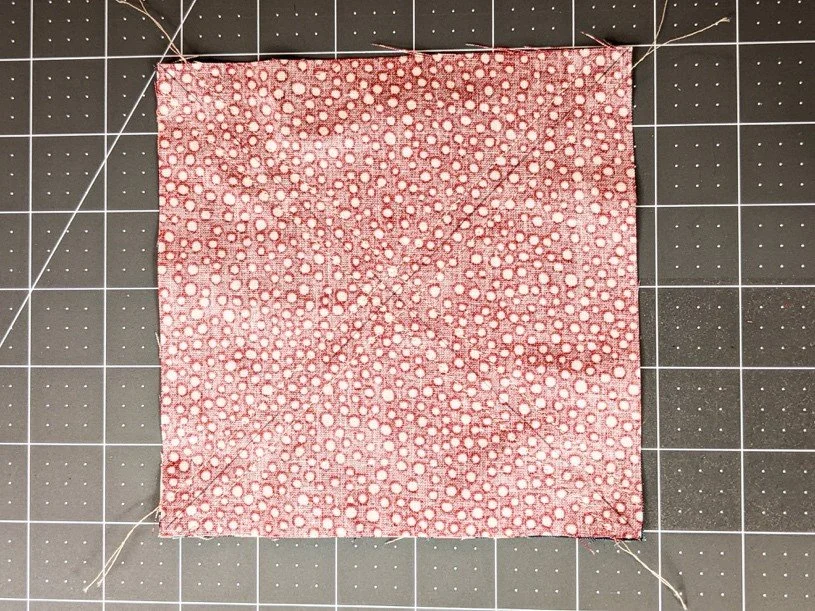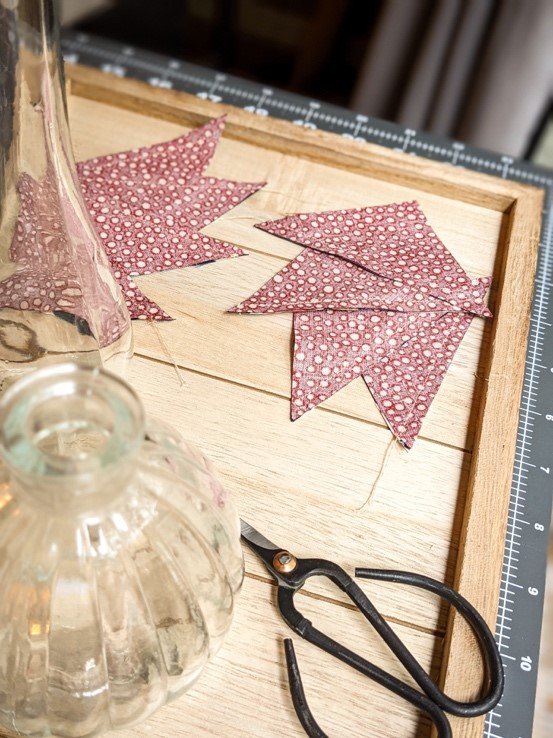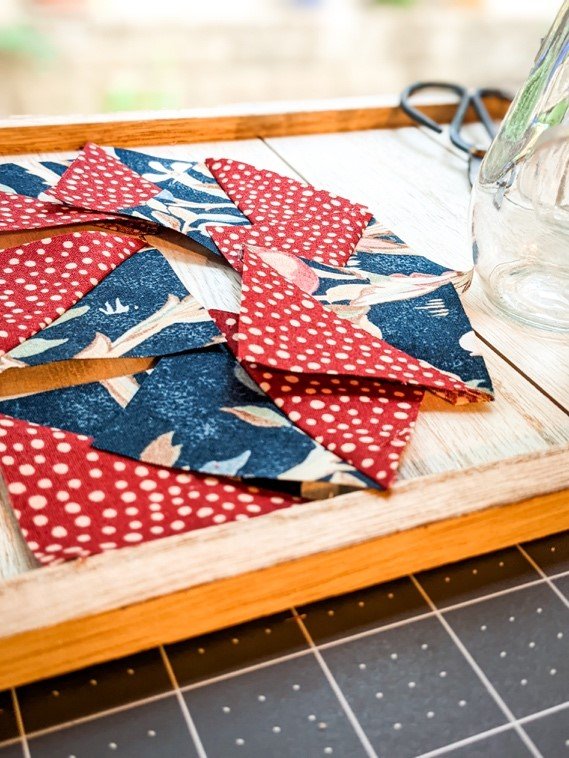8 At A Time Half Square Triangle Hack
How many hours are you able to spend every week sewing? Is it as much as you’d like? Are you able to maximize your time in your sewing space?
I’m Lauren Metang from Palm Creations and I don’t get to spend a lot of time sewing every week. I’ve got two small kids and a full-time job, so the weekends are usually my time to sit down and sew.
HALF SQUARE TRIANGLES
I adore half square triangles. To me, half square triangles are the sugar of quilting: I don't need it in my quilt patterns, but it adds a certain je ne sais quoi to the finished product. However, when I sew, I usually don't have a lot of time, especially with two small children, and so I love it when I can find quilting hacks that help me to save time.
8 AT A TIME HALF QUARE TRIANGLE HACK
One of those quilting hacks that I've grown to dearly love is the 8 HSTs at a time. This is a minimal waste method and it only requires drawing two lines. Ain't nobody got time for drawing ALL the lines.
Draw (2) perpendicular diagonal lines on the wrong side of one square.
Place the marked square on the other square right sides together.
Sew scant 1⁄4" away from the drawn line on one side. Sew 1⁄4" away from the drawn line on the other side. Repeat for the other line.
3) Make (4) cuts. Cut on the diagonally drawn lines (2 cuts) and cut in the middle of the block both vertically (1) and horizontally (1).
Press toward one fabric to create (8) HSTs from each original block. Trim to desired size.
So now that the sewing method has been explained, what sizes should the starting squares be? I have found this handy formula to determine the size of the starting blocks.
But first, let me define some words.
FINISHED HALF SQUARE TRIANGLE BLOCK
The formula starts with the measurements of a finished block, which means that this is the size of the block within the quilt itself after the block has been sewn together with the other pieces. Check out the photo below.
UNFINISHED HALF SQUARE TRIANGLE BLOCK
The unfinished size refers to the size of the block before the block is sewn together with the other pieces in the pattern. If a 0.25" seam is required when sewing, then you would add 0.5" to the length and width of the finished size. 0.5", and not 0.25", would be added because each dimension, length and width, actually has two sides.
STARTING SQUARE
The starting square is the square that is initially cut from the fabric, the one which will be marked. The size of this square, and the final quantity of HSTs, will determine how much total fabric is required.
So, let's get down to business doing all the math.
FORMULA METHOD
1) What do you want your finished HST block size to be? Remember, that's the size of the block when it's all sewn up.
2) Take that measurement and add 0.875".
3) Take the value from Step #2 and multiply it by 2.
4) Round up to the next 0.25". (Note: this step is not absolutely necessary, however, there must be precise cutting and sewing in order for the unfinished block to be the size it needs to be without adding this step.)
That's it. 4 (or 3!) easy steps. What's better is that you can do all of the calculations in your smart phone's calculator.
CHEAT SHEET
Need a handy print out to remember all of the calculations? You can find it here. I’ll send it fresh to your email box. I can’t wait to see everything you’re going to create with this handy method.





